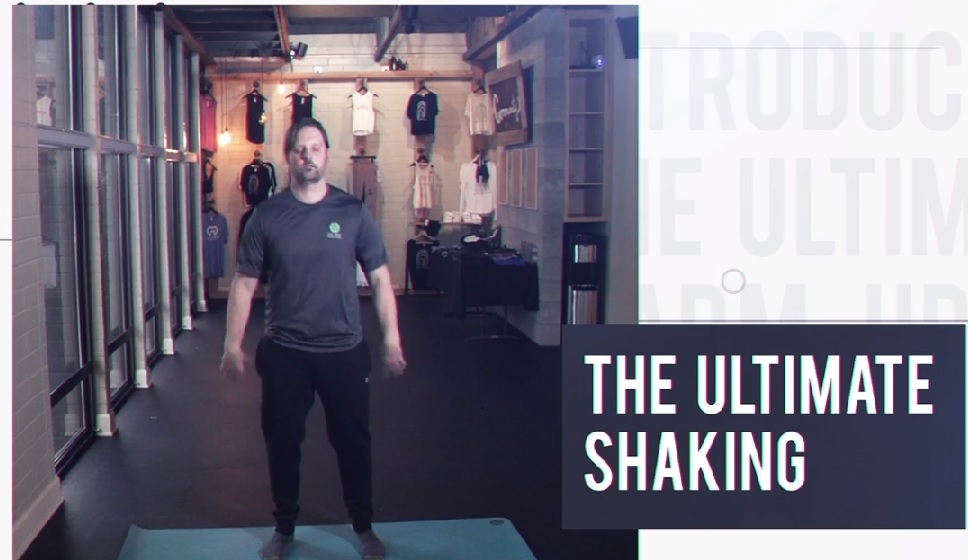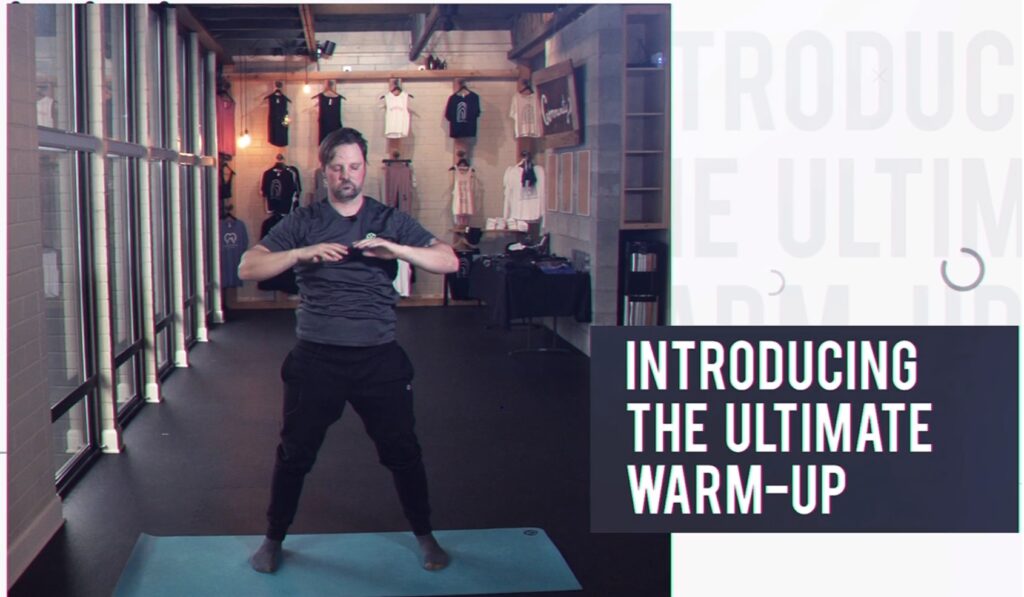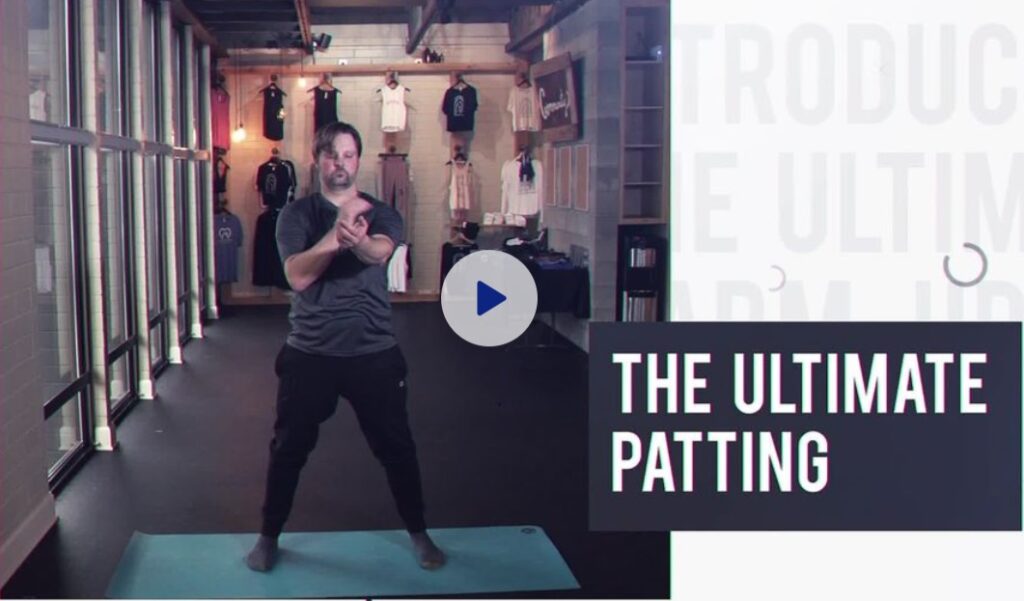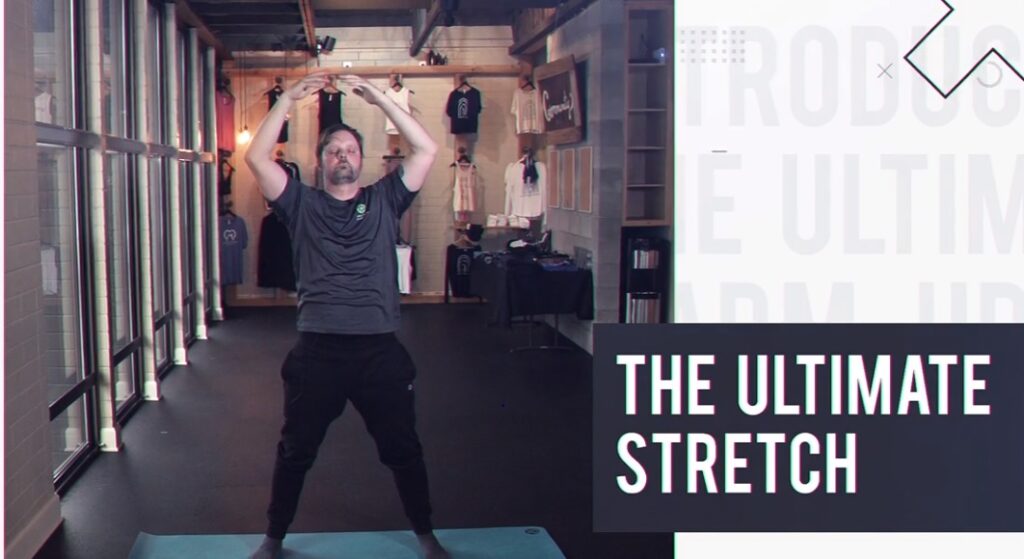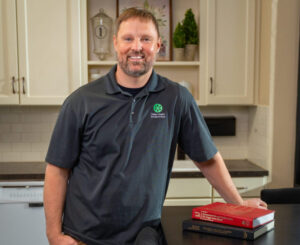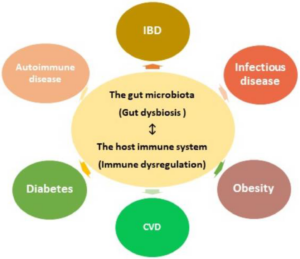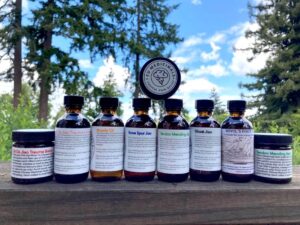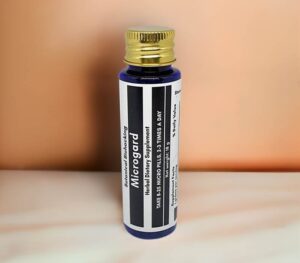Navigating through life with chronic pain and fatigue places the body in a perpetual state of ‘fight or flight, making it exceptionally challenging to engage in exercise without inducing further discomfort or prolonging recovery time
Fortunately, embracing practices like shaking offers a beacon of relief and empowerment. Shaking is a gentle, accessible form of movement that allows individuals to enhance their physical activity levels without aggravating their symptoms. These gentle movements serve as an excellent warm-up, preparing your body for more extensive exercise without aggravating your existing symptoms, thereby offering a pathway to reclaiming a life not dominated by chronic pain and fatigue.
Perpetual State of Fight or Flight
Our body treats all stress the same; emotion, physical, and environment all have impacts on the body.
Although not always in our control, being out of balance with too much stress is one of the most damaging things you can do to your body.
Your body goes completely out of whack when you are stressed—bringing you into that “fight or flight” SNS mode that we talked about earlier.
Stress can cause problems with your circulation as well. Chronic stress can contribute to long-term problems for the heart and blood vessels.
Have you noticed that you tend to get cold hands and feet when you are anxious or stressed? When you are stressed, your adrenal glands release the hormone adrenaline. This hormone triggers a chain of reactions that causes the blood vessels in the hands and fingers to constrict, This saves oxygen for vital organs like the heart, lungs, and brain, in case you need to escape from a wooly mammoth. Stress and adrenaline improves macrocirculation at the expense of microcirculation. In the short term, this is okay but long term, this increase in blood pressure and decrease in microcirculation increase the risk of heart attacks and strokes.
The consistent and ongoing increase in heart rate, the elevated levels of stress hormones, and the boost in blood pressure can all take a toll on the body. When suffered long-term, you increase your risk for developing hypertension, heart attack, or stroke.
Repeated acute and persistent chronic stress may also increase inflammation in the circulatory system. That inflammation can happen in the coronary arteries, so stress is often tied to heart attacks.
However, finding ways to reduce your stress can save your body from several issues, including circulation. Some great ways to fight stress are with gentle movements like shaking, patting, stretching, and breathing exercises.
Shaking / Vibration
All mammals shake. If you have noticed, dogs tremble/shake right after they get up or when they face a new situation. By shaking, we literally shake off the old energy and tension as a way of resettling. We, humans also shake when our fight or flight impulses are activated, which means when we face a threat to our system or are in trauma. Shaking out is the easiest way to get rid of it.By shaking you can calm your body after a long day. Shaking activates the parasympathetic nervous system and signals the brain to calm, relax, and let go. Shaking also activates the lymphatic system of our body, which helps our body get rid of the toxins.
Example of Shaking Exercise
The best example of a vibration-type exercise is the shaking and patting you see top athletes do before a race or competition.
Before the whistle blows, athletes will shake their limbs out or pat down a muscle group or part of their bodies. This is for two reasons. First holding tension in muscles is almost a reflex reaction to stress and the excitement of a sporting event, but overly tight muscles decrease movement efficiency. Athletes shake to release excess muscle tension. Secondly. shaking increases blood circulation engages the muscle in much the same way as more strenuous exercise.
Shear Stress
The vibration creates one of the mechanical forces, called shear stress. Shear stress is just the frictional forces the blood exerts as it passes along the vessel. An example of this type of shear stress can be found when blood flows in the vessels during moderate exercise. As shear stress increases the vessel wall increases the production of Nitric Oxide. NO has a strong ability to dilate blood vessels and improve blood flow.
What Does This Mean For You?
Vibration is similar to exercise in improving blood flow. It also can help release muscle tension.
Before you exercise you need to increase blood flow to your muscles, this increase in blood flow warms you up. You literally need to warm up before you workout. An elevated sympathetic nervous system from disease or stress will decrease blood flow and tighten up your muscles. This is the opposite of what we want. We want relaxed muscles with good blood flow. Shaking is the easiest and base way to do both. It can also help improve bone density
When you exercise, you put stress on your bones, muscles, and ligaments. Stress can come from a repetitive impact (like running and jumping) or repetitive flexion and extension (as in weight-lifting).
For many individuals with chronic illnesses that affect the bones (e.g. arthritis) or connective tissue (e.g. inflammatory and autoimmune diseases), this repetitive strain causes more harm than good.
However, your body needs some stress on its bones and tissues to maintain and build density. Density maintenance is especially important for those who have arthritis or early signs of osteoporosis.
How to Shake
- Start with the Extremities
To begin, initiate gentle shaking with your hands and feet. Shaking these extremities initiates circulation at your body’s edges. This process not only aids in increasing blood flow but also serves as a preliminary warm-up, helping to reduce stress and relax muscle tension, as muscles find it challenging to maintain tightness during shaking movements. - Move Inward
Gradually, progress the shaking movement inward toward your body’s core. Transition from hands and feet to elbows and knees, then eventually to shoulders and hips, engaging each joint with intentional, freestyle shaking. Adjust the shaking movements to your comfort and balance, shaking either simultaneously or alternatively, like the right hand with the left foot. - Breathe and Shake
Throughout the shaking exercise, maintain focused, deep breathing through your nose. Engage in intentional breaths that expand your lungs and airways, enhancing oxygen intake. Emphasize extended, long, slow exhales to maintain a calm demeanor. Nose breathing is crucial as it increases the levels of Nitric Oxide and CO2 you inhale, promoting vasodilation and improved circulation. - Add Variation with Sound
As you shake, consider incorporating vocal vibrations. Producing low, humming sounds as you exhale can aid in clearing respiratory congestion. These vocal vibrations complement the shaking movements, fostering vasodilation and ensuring that your body is prepared for more vigorous activity. - Involve the Core
Incorporate your shoulders and hips into the shaking routine, adding variety with high and low steps to engage and stretch your joints further. Implement gentle twisting movements to engage all muscle groups, enhancing flexibility and readiness for subsequent activities.Finish with - Spinal Twists
Conclude your shaking exercise with gentle spinal twists. Swing your arms from side to side, turning your torso and gaze alternately in each direction. These final twists offer an additional stretch, promoting flexibility and concluding your shaking warm-up effectively.
Free Video Series
Embarking on the journey of shaking exercises is a transformative step towards enhanced circulation, stress relief, and overall well-being. For those eager to delve deeper into this revitalizing practice, a wealth of knowledge awaits you! Sign up for our free video series, where each segment is designed to further guide and educate you on the myriad benefits and techniques of shaking exercises. Don’t miss this opportunity to unlock the full potential of shaking exercises—your body will thank you!
Read the Rest of the Series
About the Author
Willard Sheppy is a writer and healthcare practitioner who seamlessly melds scientific knowledge with practical applications in engaging and authoritative articles. He holds a Bachelor of Science in Environmental Science from Oregon State University and a Master’s in Acupuncture and Oriental Medicine from the distinguished Oregon College of Oriental Medicine.
In his work, Willard skillfully combines his extensive educational background in scientific research with his practical experience as a healthcare practitioner. Willard balances his life with martial arts and cherished family adventures. As a father of three, he often leads his family on camping and hiking trips along the breathtaking Oregon coast.
Connect with Willard on LinkedIn at linkedin.com/in/valleyhealthclinic or learn more about his services at valleyhealthclinic.com. Embark on this journey towards holistic health with Willard!

